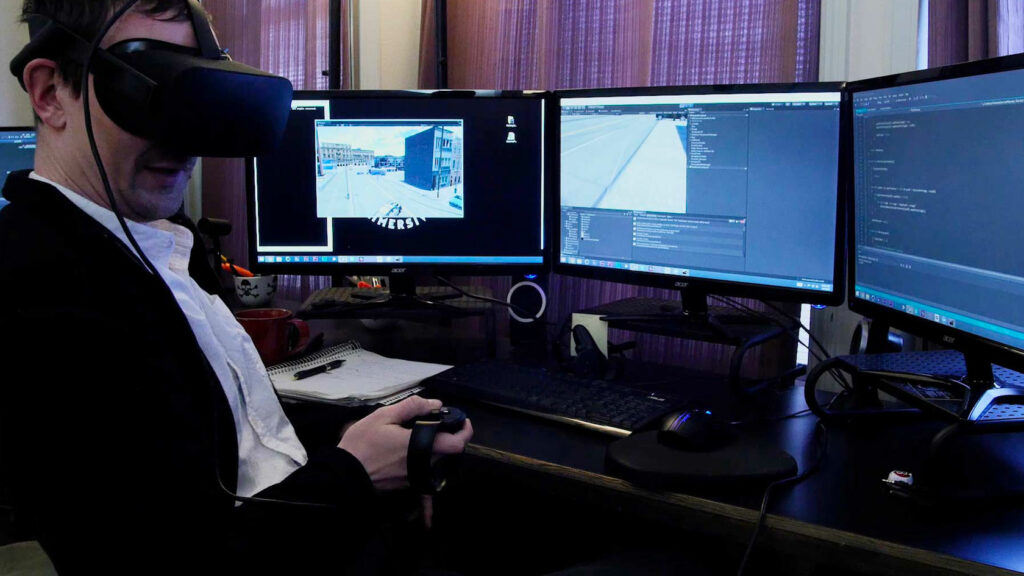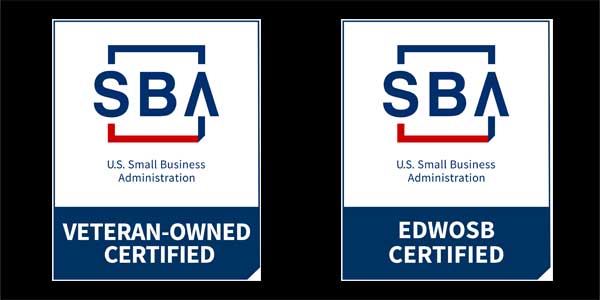Transcription
Breann: Hi. This is 360 Immersive. Join us when you wanna learn more about how we’re using VR and AR technology to change the way people train. So, today, we’re gonna talk about something that we get a lot of questions about. How do we take an idea or a client’s need and then transform it into the beautiful end product that you so often see on our Facebook, our Instagram, our Twitter, and our LinkedIn channel? So, David, I have an idea. I have something that I know that I wanna train people on. But I don’t know what the next step is. So, what is the process of creating VR training content?
David: Well, first and foremost is to try it. We have a lot of L&D, HR safety managers that have never experienced VR. They’ve seen it on TV. They’ve perhaps heard about it. Maybe they’ve actually looked at it on some of our channels. But they haven’t tried it. So, the first thing you can do is actually – you can download, for instance, our VR safety training app. Or you could try – in a couple of months, we’re going to be releasing our You Train VR Do It Together program. One is more CGI based, and one is more video based. And we’ll talk a little bit more about that.
Breann: Okay. So, we understand a little bit more about those differences.
David: But the first and foremost thing that’s important about the technology is to get in a set of goggles or even load it up on your phone and try it because if you try it, you suddenly realize the value of the technology. Other than that, it’s just stuff you’re watching on the news.
Breann: Absolutely. Yeah. It doesn’t have the same impact. And I have experienced that for myself that once you actually do try it, your mind starts to really generate a lot of ideas. You start to look at your own company, your own organization and go, “Wow. We could use this for training on that.”
David: So, once you experience it, then you start to think about the types of content. So, there’s two general types of VR training content: computer-based simulation and live 360 video. And each one has its own advantages and disadvantages. It’s pros and cons.
Breann: Future benefits of both.
David: Exactly. Let me take, for example, VR simulation, computer simulation, or what we call CGI. And the first thing we do – if an organization comes to us, and they wanna create a pilot project – that’s usually the way it starts. We work through a creative brief. We outline what their needs are, what they wanna train on, and how we can best display the learning objectives. It could be slips, trips, and falls. It could be a lockout, tagout situation. It could be something that is maybe very specific to their processes and procedures in their organization. Once we establish a creative brief, we do a simple storyboard that helps us make sure that we’re all on the same page. And from that point, we start getting into the actual production of it which is, to us –
Breann: The secret squirrel stuff, right?
David: The secret squirrel.
Breann: Yes, the magic behind the scenes.
David: And we use a number of 3D apps. But we start building that scenario, that scene in a 3D app where you virtually can – you could build a steel mill. Or you could build a classroom setting. Or maybe you’re doing something, and it’s a warehouse scene that you’re doing ergonomics. But all of these things are built virtually, in a 3D app. And then you move it from that point to the actual authoring system. Now, we use Unity 3D which is a gaming engine. And there are some real reasons why we use Unity. But for the most part, it tends to be extremely flexible in the interactivity and more so in the deployment because it’s not about building it. But it’s also about being able to deploy it.
Breann: Being able to use it and get that value out of your creation.
David: So, do you put a – do you integrate with your LMS? Do you push it out to an app? Do you use WebGL to be able to put it into a new learning system? All of these things, Unity does extremely well from a training standpoint. So, once you create the interactivity – and it may involve character animation. We may use our suit –
Breann: The suit.
David: The suit which is a sensor suit that allows us to bring real people into a virtual environment.
Breann: Those realistic motions that human beings will respond the best too.
David: Then we work with the client to make sure everything’s just perfect. We engage the application, the app. And we deploy it. So, that’s a CGI environment or a computer-based environment. But let’s talk about live video. Now, we can in some cases go out and shoot live video, 360 video for a client. But in a lot of cases, they’re already doing the simulations. They just need to be taught on how to, for instance, use some of the latest and greatest cameras that are extremely inexpensive. In fact, this one does a really amazing job. And it’s under $400.00. And it has six degrees of stabilization so that you can actually, now, mount it on a helmet.
Breann: A helmet like this fashion statement that we have here.
David: It is a fashion statement.
Breann: It is a bold fashion statement. Absolutely.
David: So, once you train an organization, train their personnel to shoot their own video, to capture it, that’s an extremely inexpensive way to do it. But how do you handle the technology, the heavy lifting, the processing, the getting it into the app to make sure it’s just perfect? That’s where we come in. That’s why we call it the You Train VR Do It Together program because we take your initiative when it comes to capturing that process out in the field and bring it back. And we handle that –
Breann: More secret squirrel stuff, right?
David: The secret squirrel stuff. So, it comes down to processing the video content. It comes down to audio editing. It comes down to the actual video editing itself. And then you may find that you want to layer in some graphical elements to help emphasize the learning objectives because this is all about training. So, all of those things go into creating what we call a live experience. And it’s a live training experience because people are actually in the middle of it. And they –
Breann: They’re doing it. It’s happening.
David: They feel it. And then just like the CGI experience, it goes into an app for deployment. And once you get either a mixture of library content that is made up of 360 video, made up of computer simulation, you can hook it up into an LMS setup so that you can track metrics, you can track testing data, you can track completion, you’ve got a robust package that really not only helps people understand the content, but they retain more of it –
Breann: They’re more engaged.
David: — because of its technology.
Breann: Yeah, because they’re more engaged. Absolutely.
David: So, the magic behind it is just technology. But it is a real group of passionate people that are passionate about one thing. They’re passionate about helping people stay safe. They’re passionate about reducing injuries. They’re passionate about reducing fatalities and using this new tool in the industry to help that process.
Breann: So, you have your team of wizards doing their magic squirrel stuff for the betterment of humankind. And to me, that is the greatest thing about this technology is that we can use it to help change lives. All right, David. Thank you for explaining to use the difference between CGI and live 360 video and what we’re able to help you use it best for. If you have any comments, drop them below. Make sure you subscribe where you can learn something new every time. And we would love to chat with you if you have any further questions. This has been 360 Immersive.
End of Presentation


